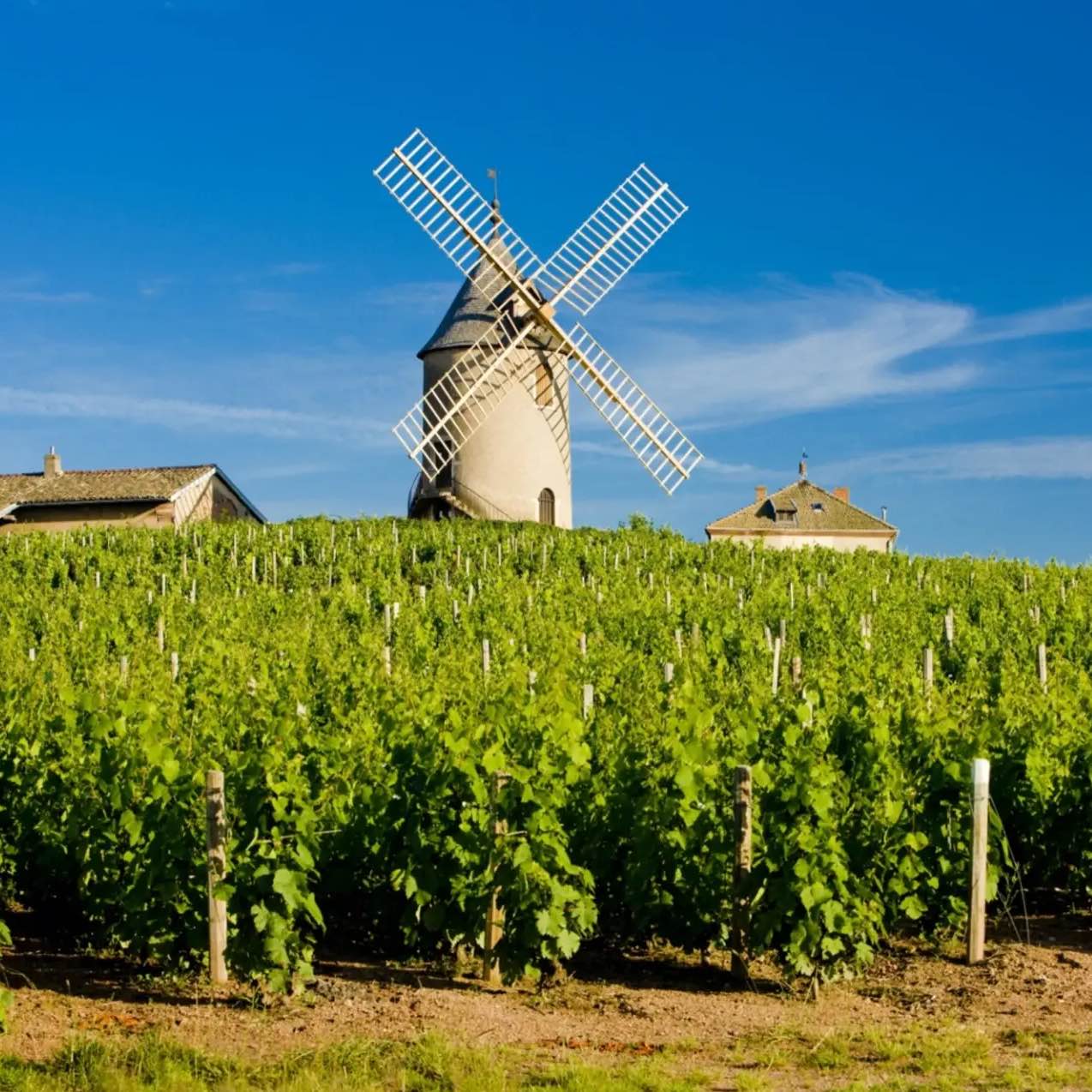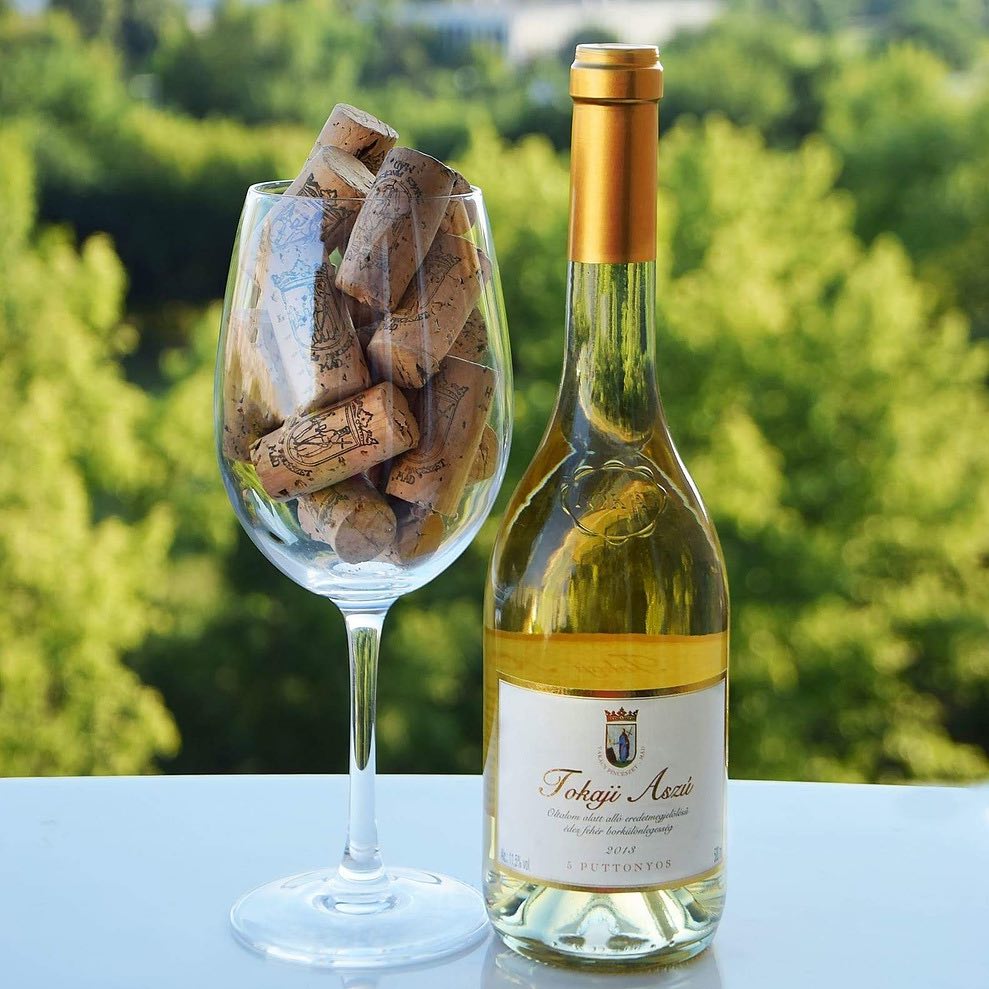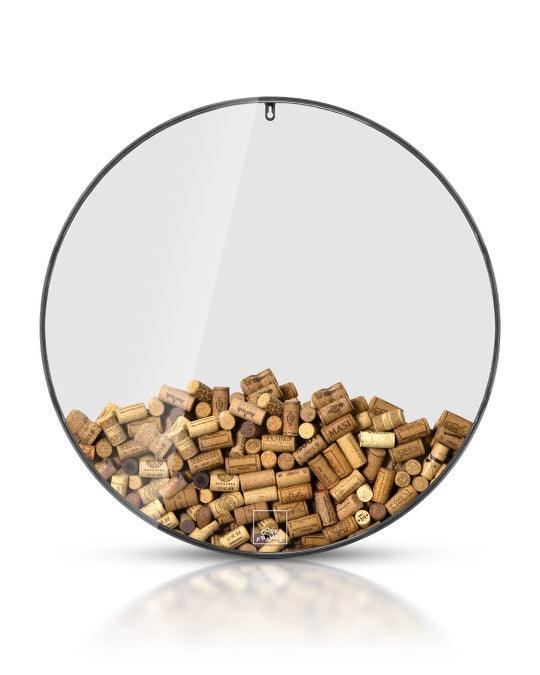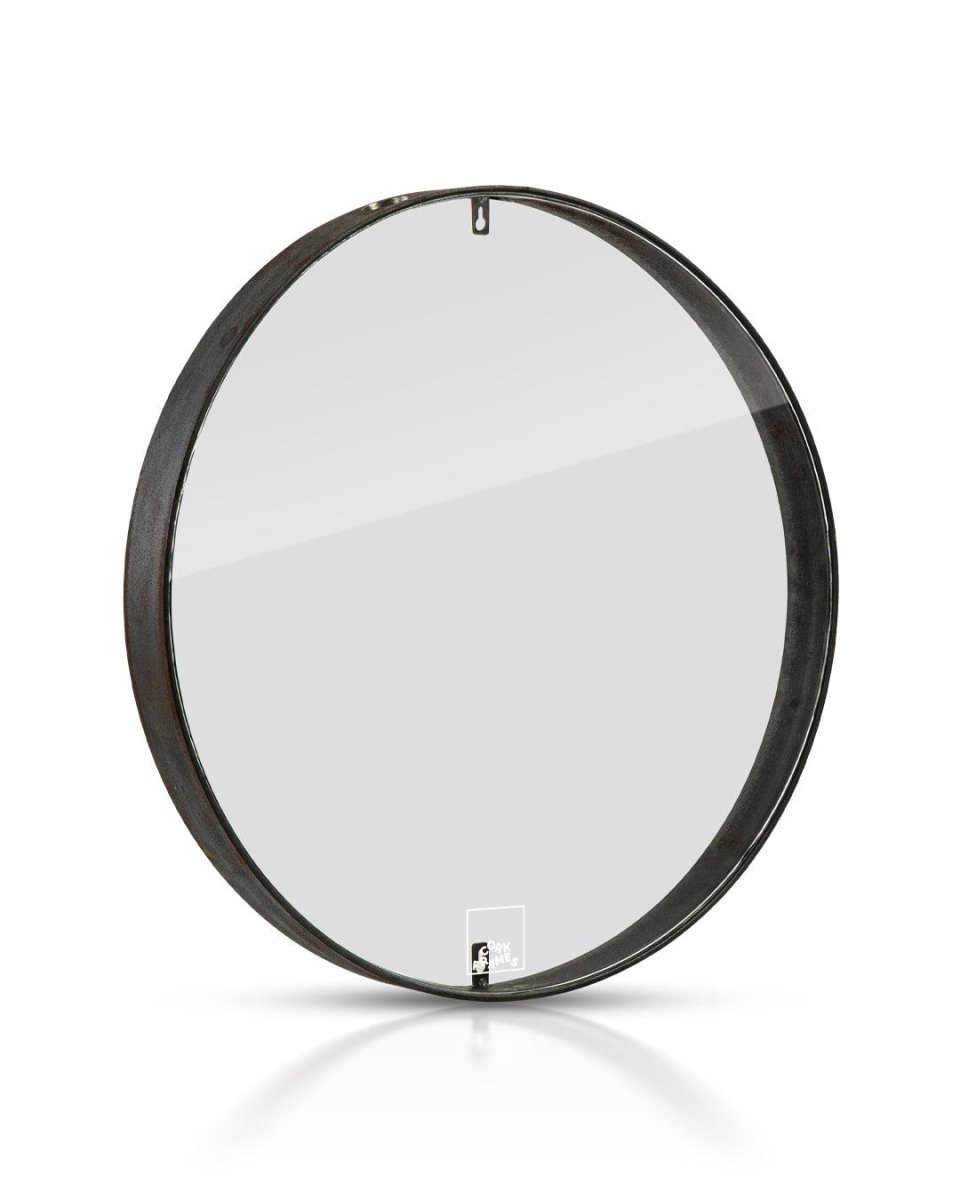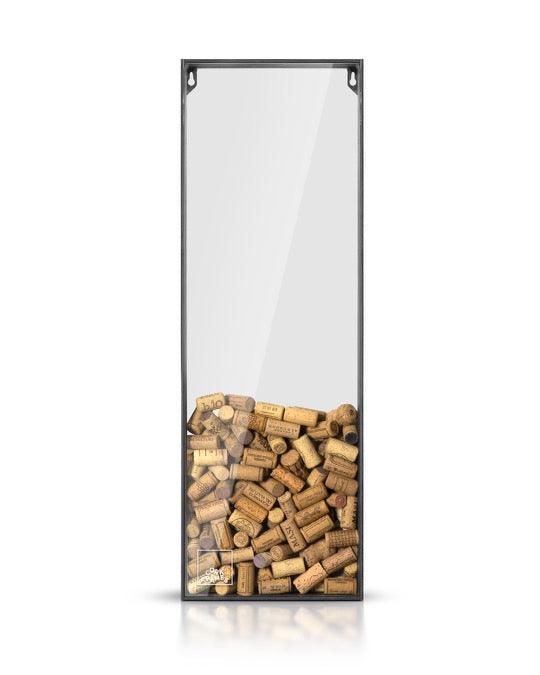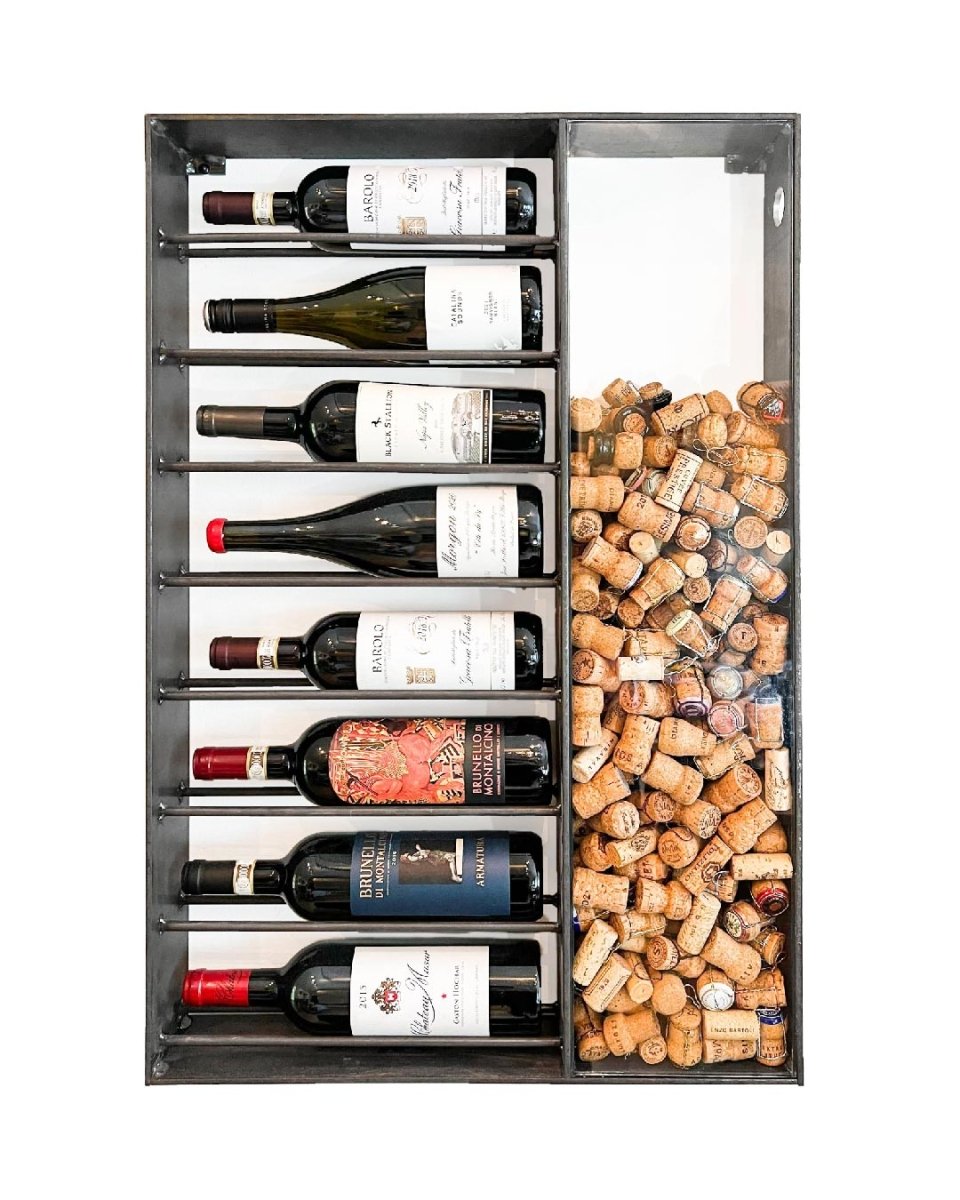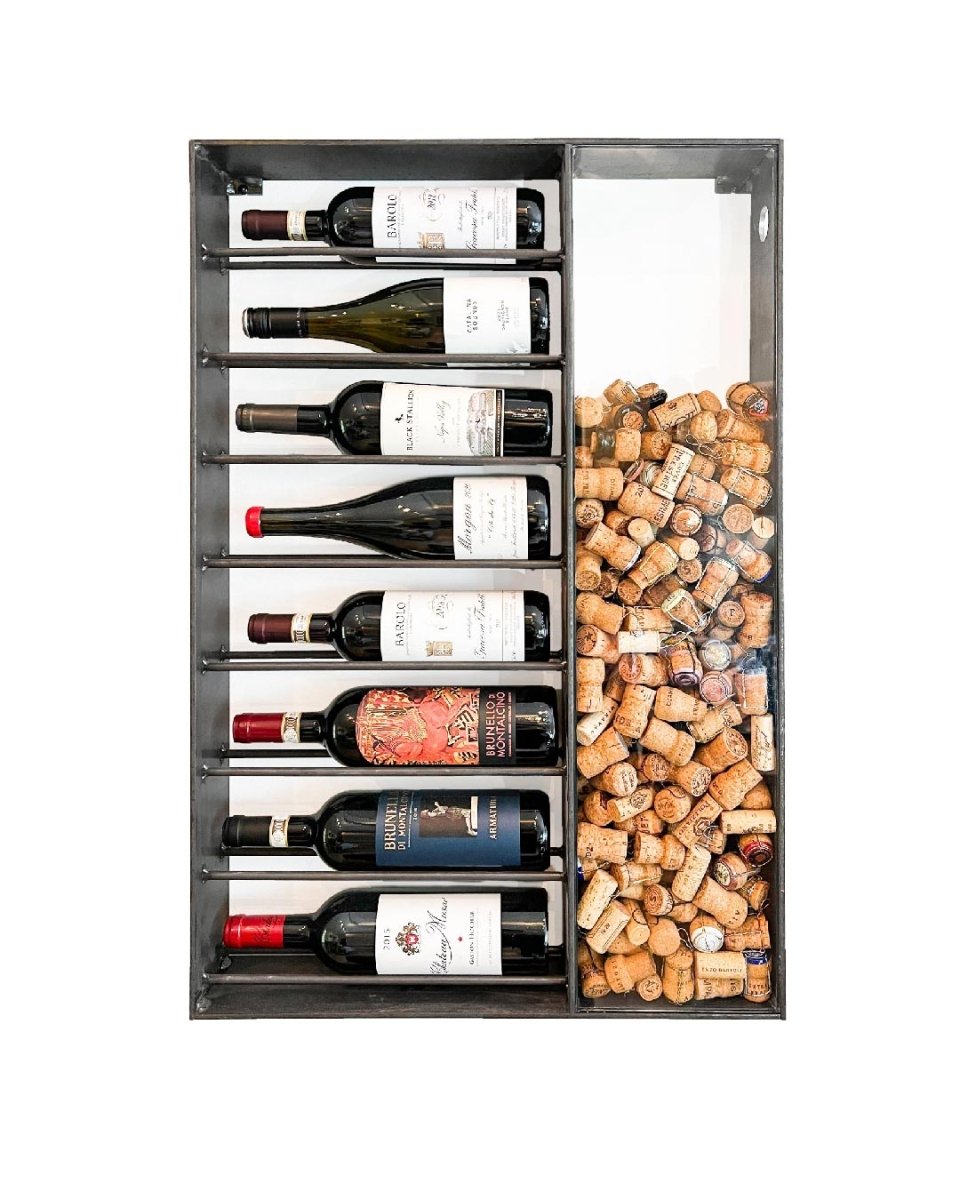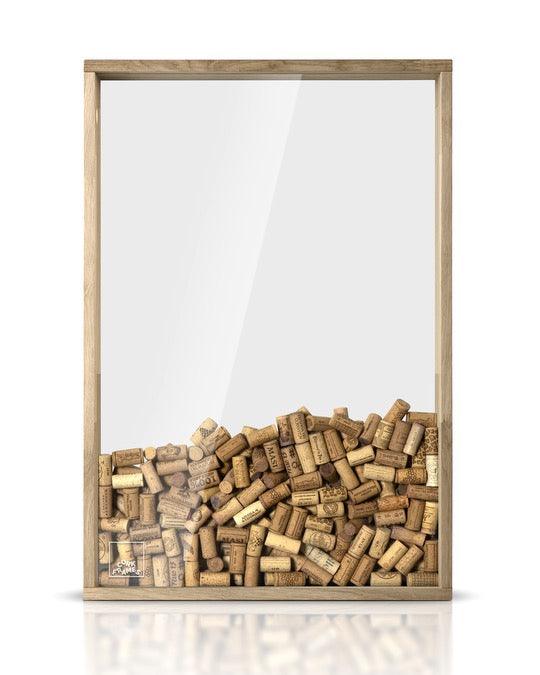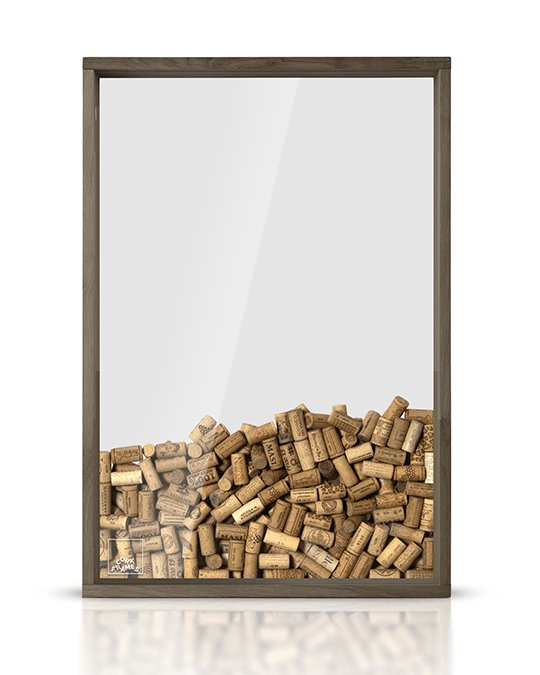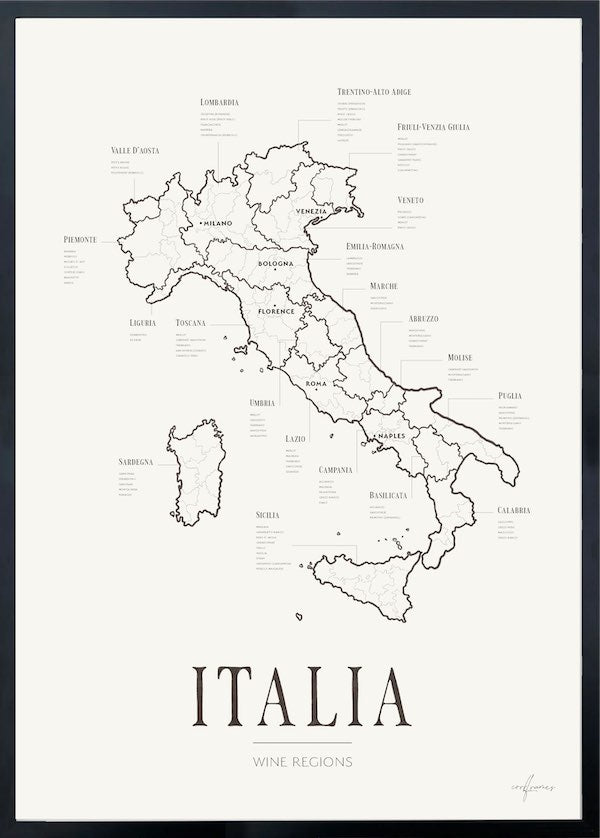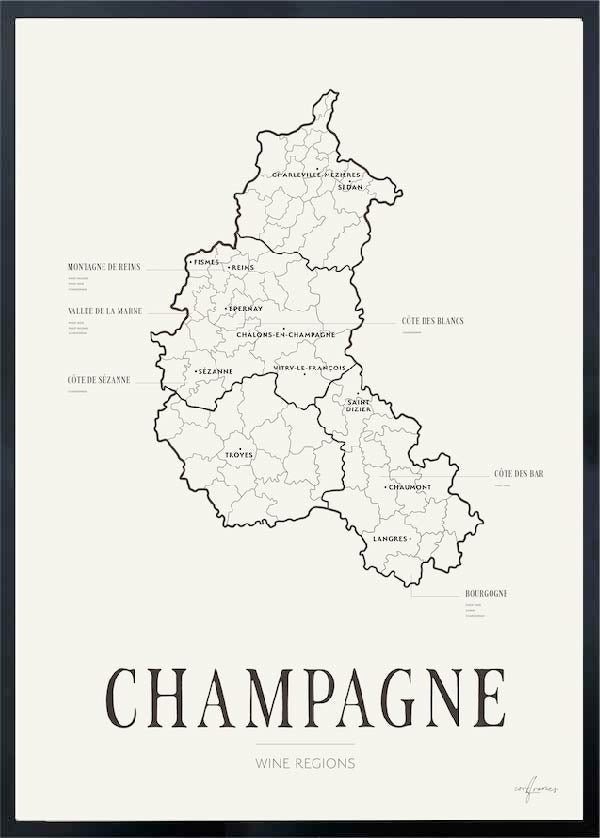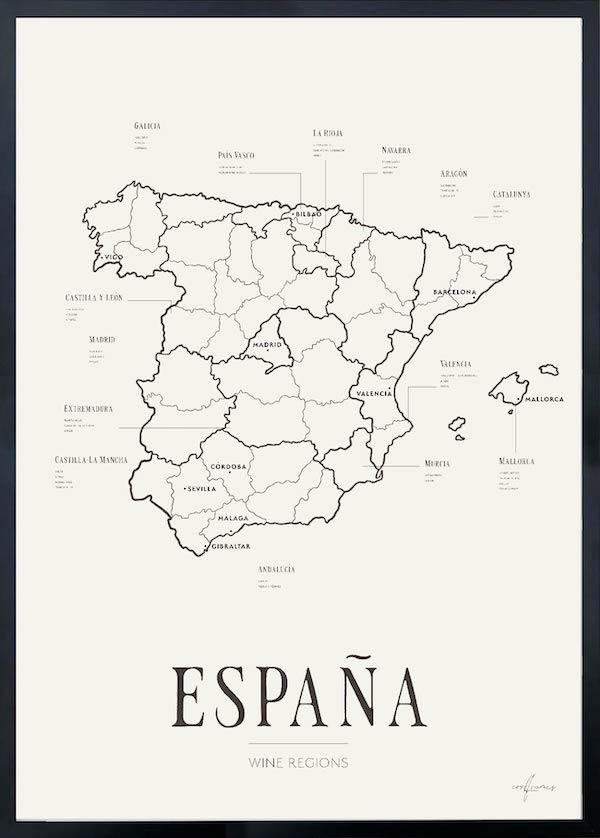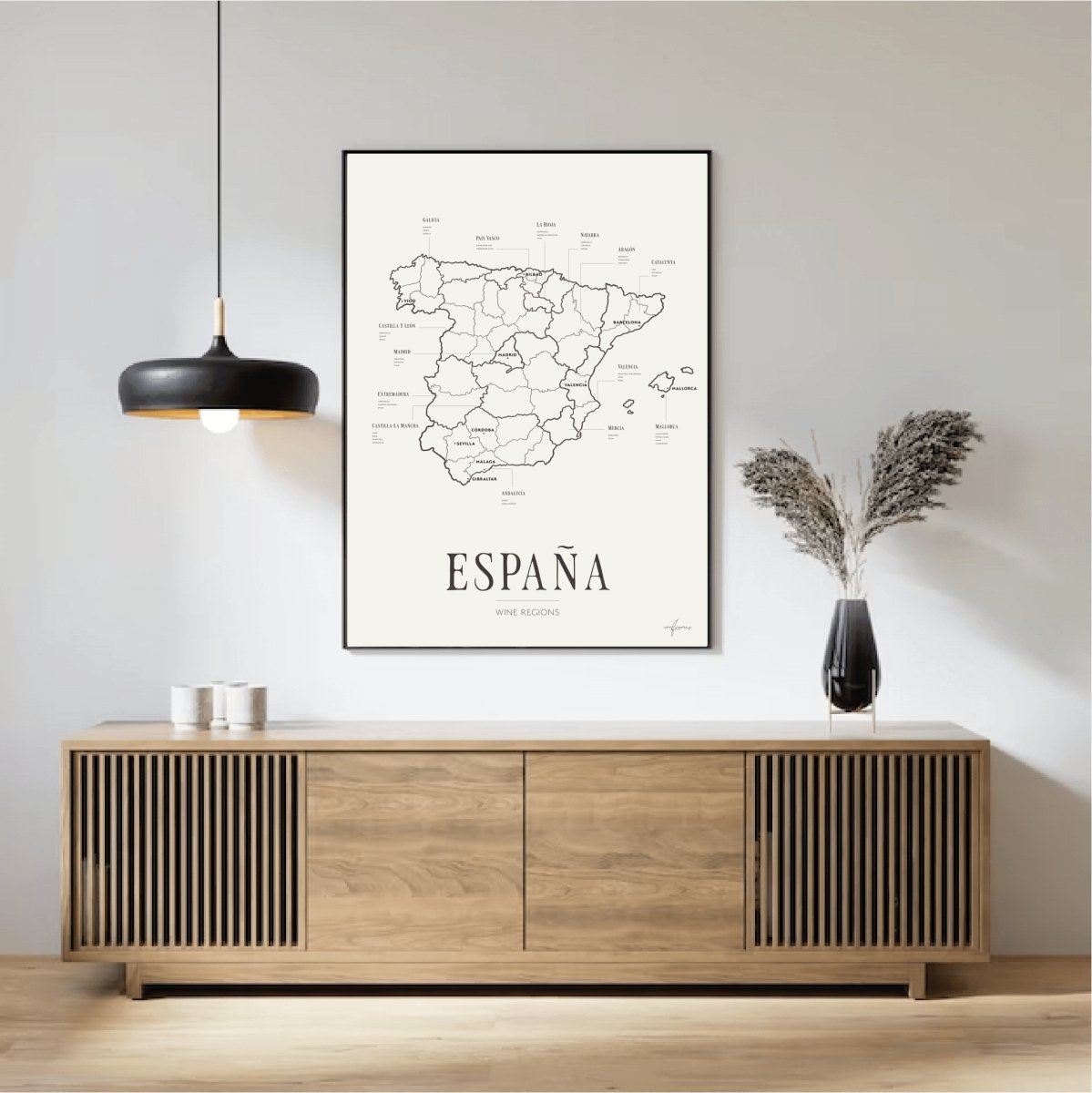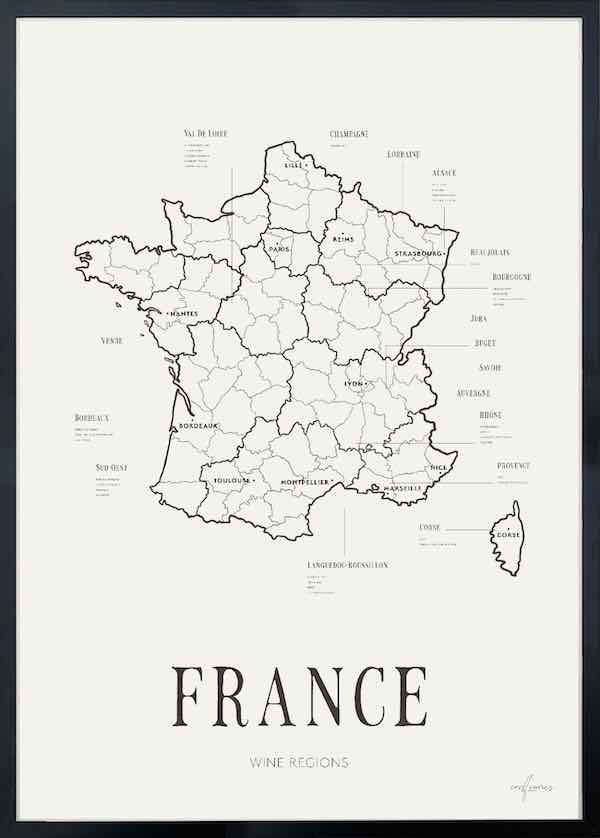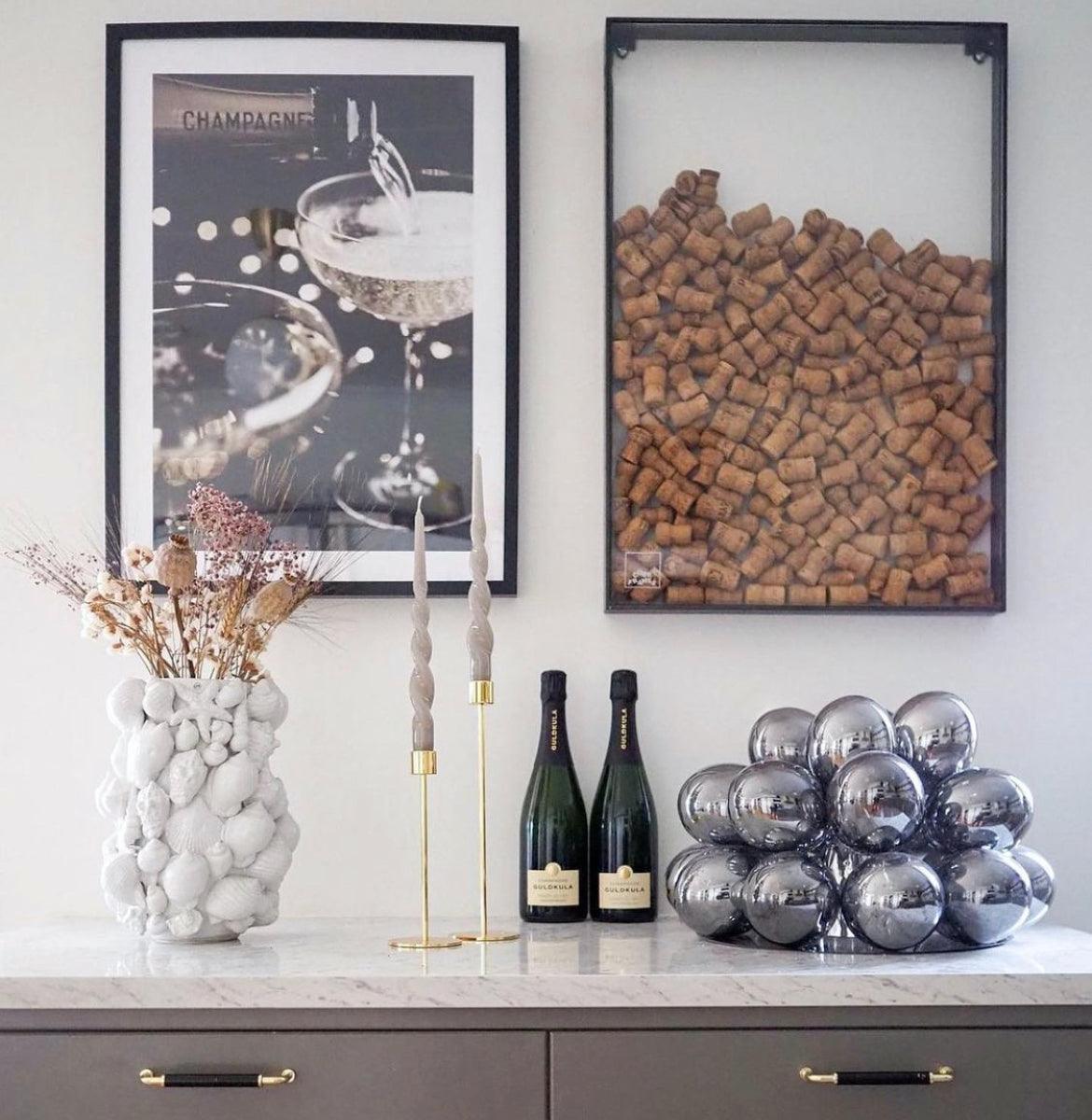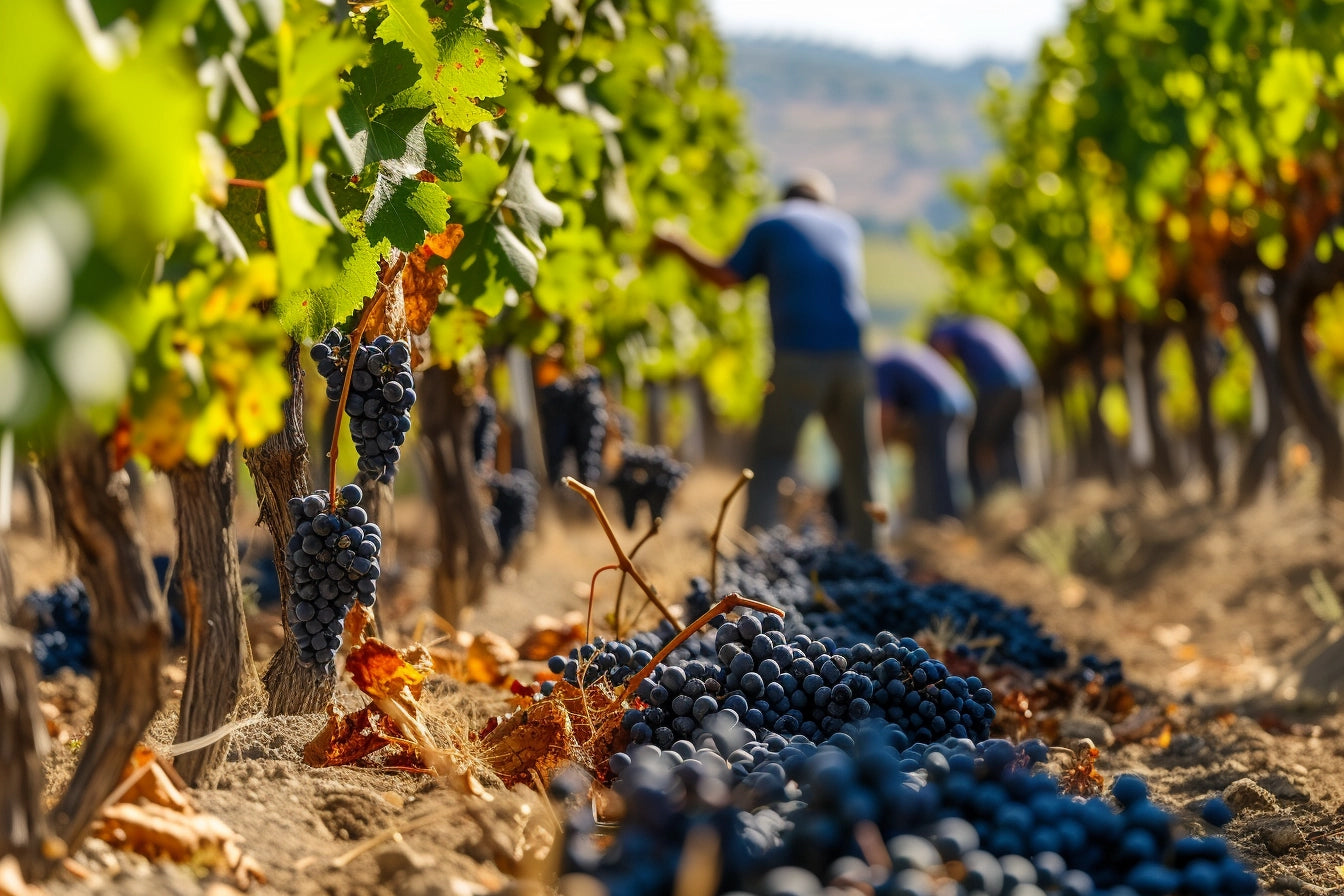Beaujolais is one of the most beloved and unique red wine regions in the world. With its fresh fruitiness, vibrant acidity, and elegant style, Beaujolais offers a completely different experience compared to its more powerful neighbors in Burgundy. But what makes Beaujolais so special?
Let’s explore its history, grape variety, and the different styles that make this wine a favorite among wine lovers.
What Is Beaujolais?
Beaujolais is both the name of a wine region in eastern France and the wines produced there. Located south of Burgundy and stretching almost to Lyon, Beaujolais is geographically part of Burgundy but has a distinct identity, thanks to its unique climate, soil, and, most importantly, its signature grape, Gamay.
Gamay – The Heart of Beaujolais
Unlike the refined Pinot Noir that dominates northern Burgundy, Beaujolais is almost exclusively made from Gamay Noir à Jus Blanc. This grape is known for its:
-
Fresh and juicy fruitiness – Flavors of red berries such as raspberry, strawberry, and cherry.
-
Low tannins – Makes the wine smooth and easy to drink.
- Bright acidity – Gives the wine a lively and refreshing character.
Thanks to Gamay’s natural properties, Beaujolais is one of the few red wines that can be served lightly chilled, enhancing its freshness.
Beaujolais’ Unique Winemaking – Carbonic Maceration
One of the most fascinating aspects of Beaujolais is its unique winemaking technique, semi-carbonic maceration (macération carbonique). This process involves fermenting whole grape clusters in a carbon dioxide-rich environment, which:
- Enhances the wine’s fruity and floral aromas.
- Reduces tannin extraction, resulting in a softer texture.
- Creates distinctive flavors with notes of violet, banana, and raspberry.
This technique contributes to the characteristic light and vibrant style of young Beaujolais wines.
Different Styles of Beaujolais Wines
Beaujolais wines vary significantly depending on their origin and winemaking approach. The region has three main classifications:
1. Beaujolais AOC
- The most basic level, covering the entire region.
- Light, fruity, and easy-drinking – perfect for everyday enjoyment.
- Best consumed young and slightly chilled.
2. Beaujolais-Villages AOC
- Comes from 38 specially designated villages.
- Offers more depth, structure, and complexity than standard Beaujolais.
- Can be aged for a few years but is typically best within three to five years.
3. Beaujolais Cru
-
The highest quality level, produced in 10 selected cru villages.
-
More complex and concentrated wines that can age for 5–10 years.
-
Each cru has its own unique style:
- Morgon – Powerful, dark-fruited, and age-worthy.
- Fleurie – Elegant, floral, and silky.
- Moulin-à-Vent – Structured and long-lived.
- Juliénas – Spicy and full-bodied.
- Chiroubles – Light, floral, and delicate.
- Saint-Amour – Soft and romantic, often with a hint of spice.
These crus offer a more sophisticated and terroir-driven expression of Beaujolais, often resembling Burgundy wines in their elegance and complexity.
Beaujolais Nouveau – The Most Festive Tradition in Wine
One of the most famous phenomena in Beaujolais is Beaujolais Nouveau – the fresh and youthful wine released on the third Thursday of November each year.
Beaujolais Nouveau is a wine that:
- Is harvested and vinified at record speed, often ready to drink within 6–8 weeks.
- Has a light, fruity, and vibrant style with flavors of red berries and banana.
- Is more of a celebration than a wine meant for aging.
This tradition began as a way for winemakers to celebrate the end of the harvest and has evolved into a global event where wine lovers around the world raise their glasses to the new vintage of Beaujolais.
How and When to Drink Beaujolais
Beaujolais is known for its versatility and is perfect for many occasions:
-
Serving Temperature: Lightly chilled, around 12–14°C (54–57°F), to enhance its freshness.
-
Food Pairings:
- Beaujolais AOC and Beaujolais-Villages – Ideal with charcuterie, salads, chicken, and lighter dishes.
- Beaujolais Cru – Pairs well with grilled meats, mushroom dishes, duck, and mild cheeses.
- Beaujolais Nouveau – Best enjoyed with casual gatherings and finger foods.
- Beaujolais AOC and Beaujolais-Villages – Ideal with charcuterie, salads, chicken, and lighter dishes.
A Wine to Discover and Love
Beaujolais is a wine that defies conventions and offers something for everyone – from the playful and easy-drinking Beaujolais Nouveau to the more complex and structured cru wines. With its juicy fruitiness, low tannins, and refreshing acidity, Beaujolais is one of the most approachable and joyful red wines in the world.
Next time you’re looking for a red wine that is both elegant and effortless – pour yourself a glass of Beaujolais and enjoy its charm!
Want to learn more about the world of wine? Visit our news portal at Corkframes.com for more insights and inspiration!

